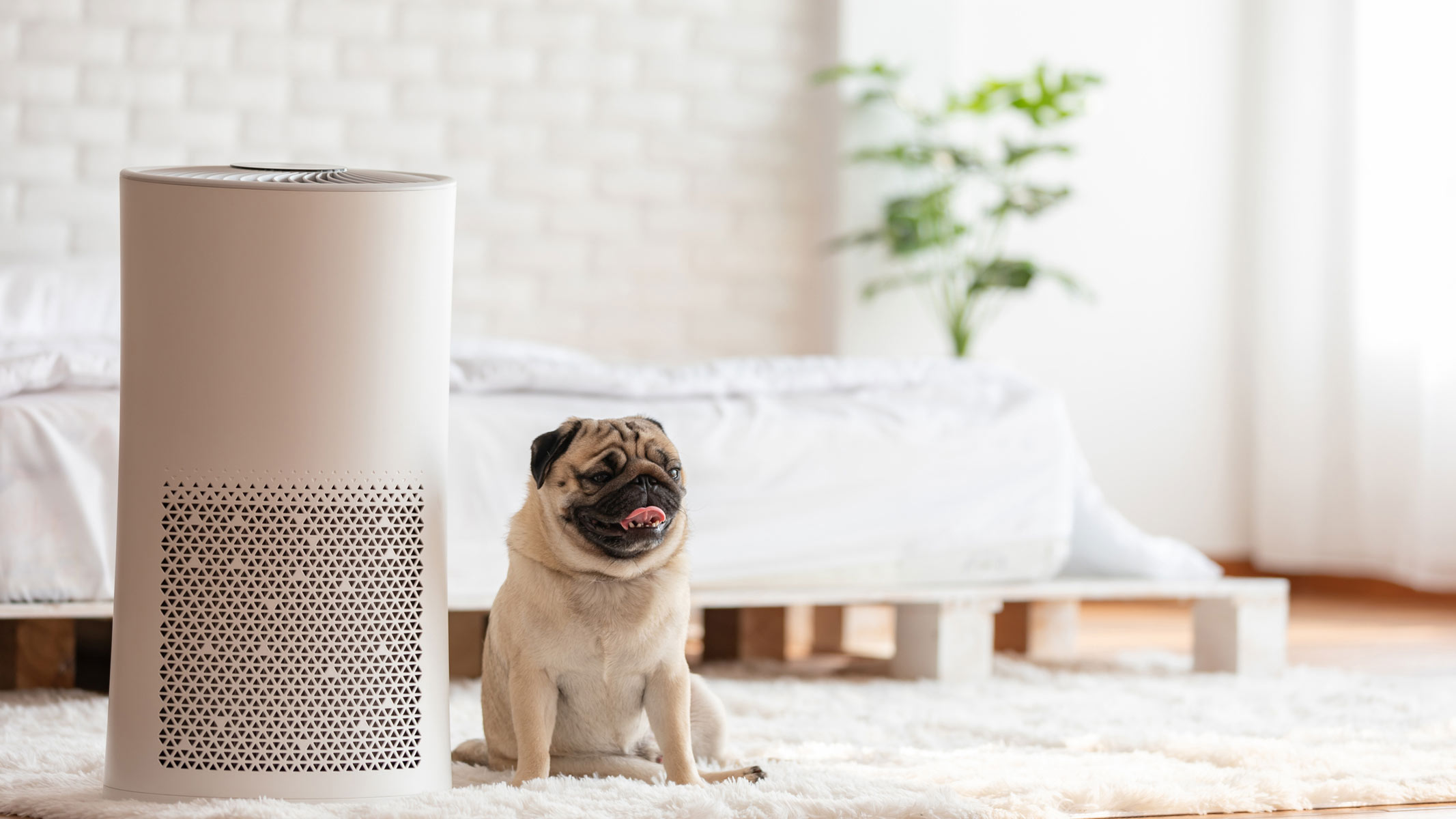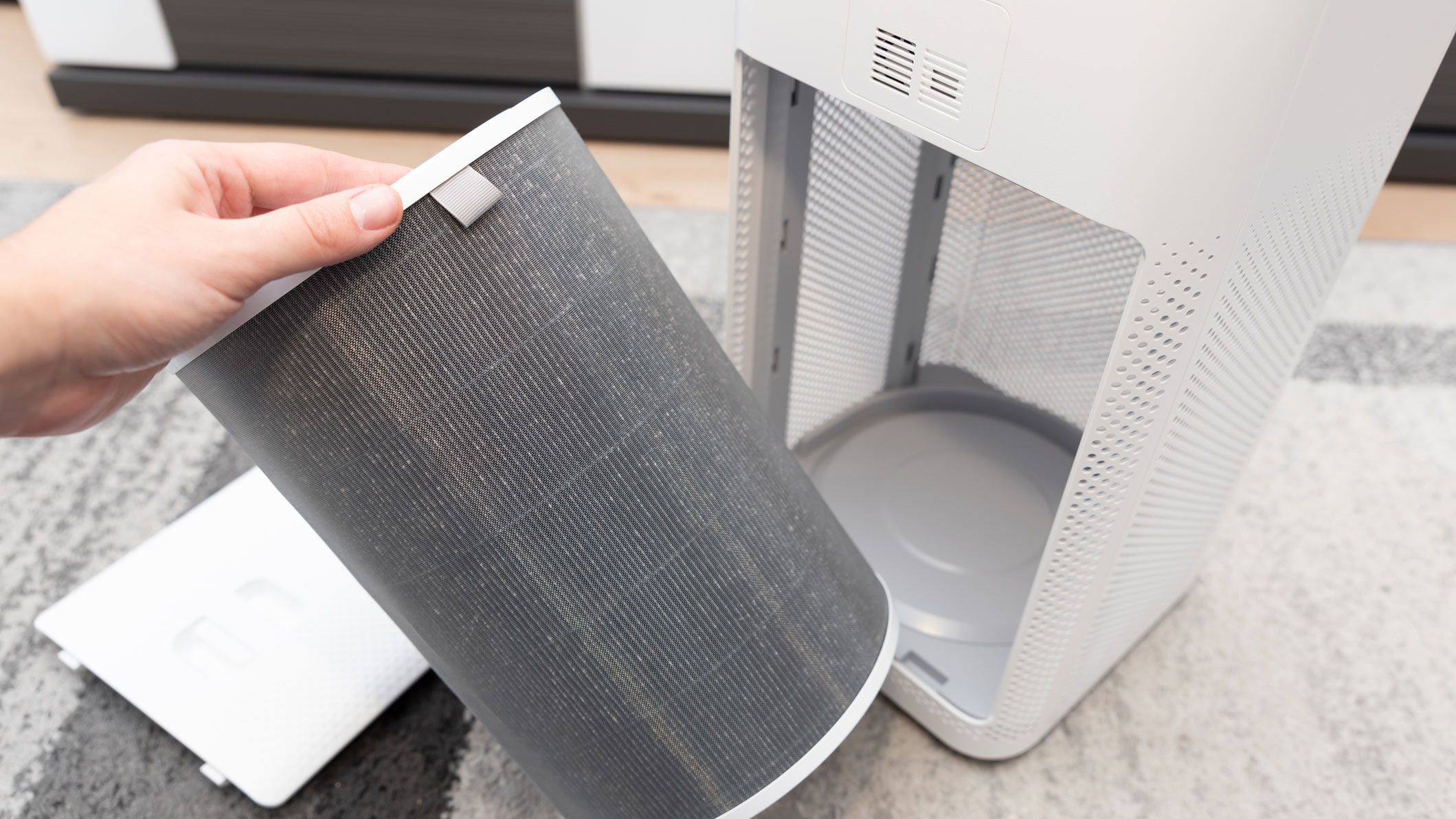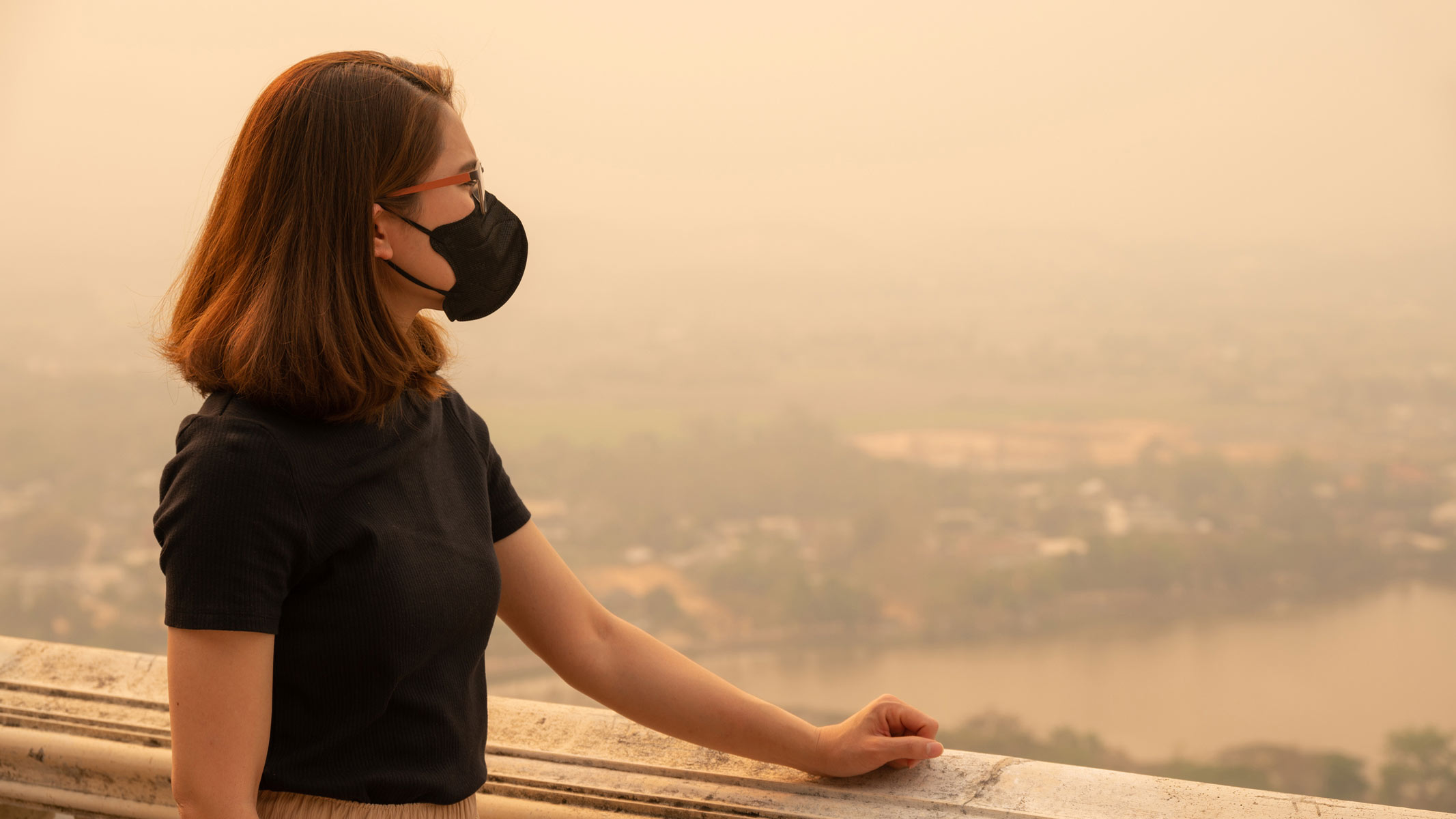
One of the benefits of domestic air purifiers is that they can quickly clean large volumes of air, significantly reducing the amount of airborne pollutants in your home. However, these appliances tend to be relatively big and heavy. While they can help you breathe more easily in your bedroom or living room, they’re of no use on the go — even if you were strong enough to carry them around with you, their electric cords would stop you right in your tracks!
This is where personal air purifiers step in. These small, portable devices promise to clean the air you breathe while you are on the move. Some personal air purifiers are essentially miniature versions of full-sized models, and often sit on desks or in cars, while others are worn on your body — air purifier masks and necklaces, for example.
This raises a question: how do personal air purifiers work, and can they really improve the quality of the air we breathe?
It is difficult to answer this question for sure. The market for personal air purifiers is still in its infancy, and there is not enough scientific evidence to determine exactly how effective they are in real-life situations. Not to mention that different devices may use vastly different technologies to combat airborne pollutants.
Many personal air purifiers, particularly the wearable kind, use ionization. This means they work by releasing a static charge into the air around them, which then causes pollutants to stick together and fall under their weight. Think of a statically charged balloon sticking to hair — it’s the same principle. Ionizers are not actually physically trapping airborne particles, they just cause them to move elsewhere. As such, it is tricky to assess their effectiveness, and some experts question whether they live up to the hype.
As Shahir Masri, an associate specialist in air pollution at UC Irvine, told Live Science by email: "I have not seen any literature on the effectiveness of air-purifying necklaces, but they appear to be gimmicks and I would not expect them to have any noteworthy impact on reducing exposure to air pollutants."
It is also worth mentioning that many ionizers have been shown to produce ozone as a by-product, and this gaseous compound can be an irritant for people with asthma and other respiratory conditions. One 2015 study even indicated that the amount of ozone produced near the head, versus the amount of irritants removed from the air breathed in, made wearable air purifiers mostly ineffective in cleaning a person’s personal space.
Other personal air purifiers use a small air filter to trap and physically remove pollutants from the air. For example, many are equipped with a High-Efficency Particulate Air (HEPA) filter, which can remove at least 99.97% of particles as small as 0.3 microns in size. HEPA filters are found in some of the best air purifiers on the market and are generally considered the gold standard in air-cleaning devices. However, an air filter on its own does not guarantee the effective removal of airborne pollutants.
- Related: How do air purifiers work?

"Remember, to clean the air you must be able to move it," Anthony Abate, an indoor air quality expert and vice-president and chief technology officer at AtmosAir Solutions, a sustainable indoor air purification and monitoring technology company in Fairfield, Connecticut, told Live Science by email. "Quality standalone air purifiers can be bulky, as they need fans or blowers to be able to effectively circulate purified air in a space," Abate said. Small, portable units may not generate enough airflow to do the same.
Air-purifying masks, on the other hand, could provide some tangible benefits, Masri said. "For instance, an N95 mask can help reduce exposure to airborne particles, while a mask fitted with a carbon filter can help reduce exposure to volatile organic compounds (VOCs)," he said.
However, masks have to be worn properly. "The mask must be secured tightly to the face. Those with facial hair, for example, will not achieve the tight seal needed to keep air pollution out of their lungs" Masri noted.
Also, if air purifier masks are to be effective against airborne allergens, they need to be equipped with HEPA filters, Dr. Purvi Parikh, an allergist with NYU Langone Health and Allergy & Asthma Network, told Live Science. But HEPA air purifier masks are still relatively hard to find. They can also be quite bulky and expensive, which makes them somewhat impractical for daily use.

So do personal air purifiers work? The jury is still out. It is worth noting, however, that the market is constantly evolving and new studies are bound to come along. For example, a 2024 study published in the German journal Allergologie Select suggests that an innovative air-purifying necklace equipped with a HEPA filter could significantly reduce the symptoms of allergies to airborne pollen and pet dander.
However, for now, it is perhaps best to err on the side of caution and approach personal air purifiers with some skepticism.
This article is for informational purposes only and is not meant to offer medical advice.







